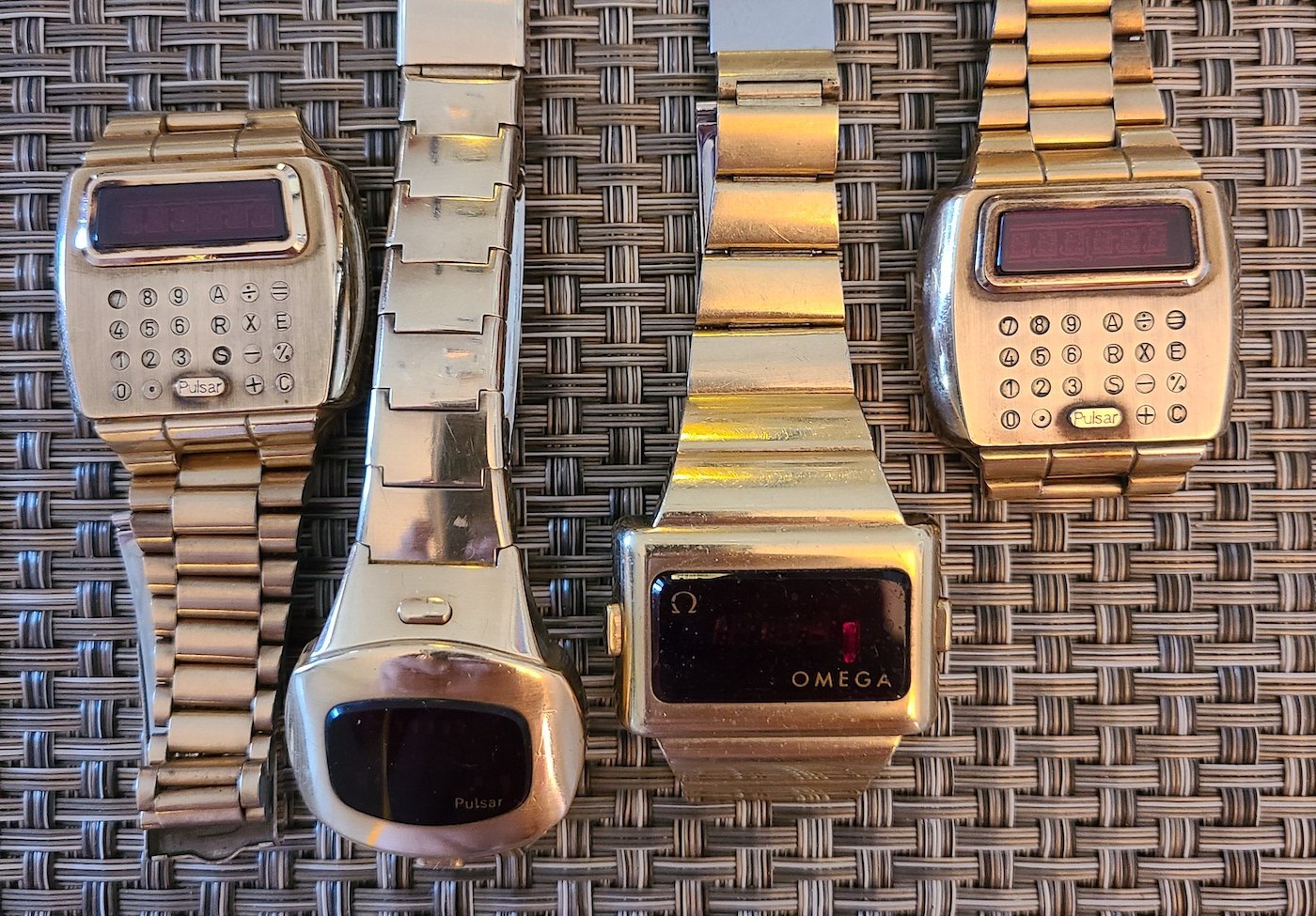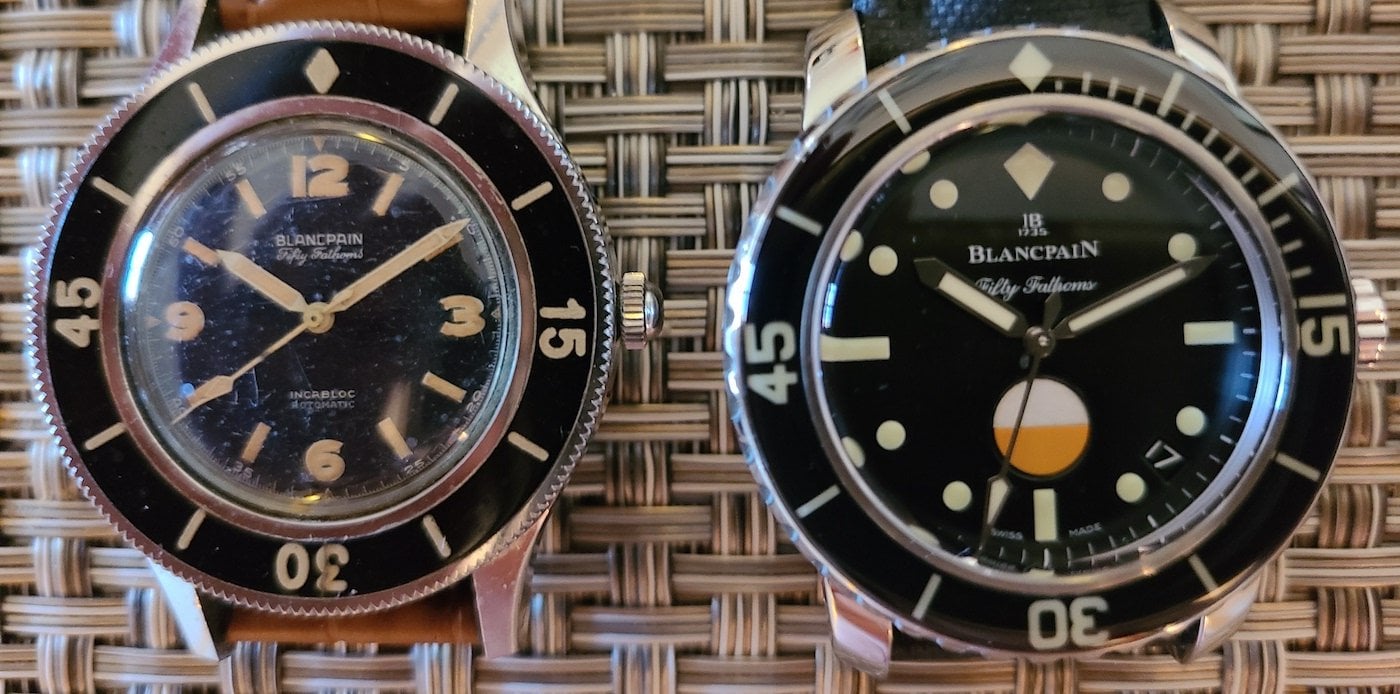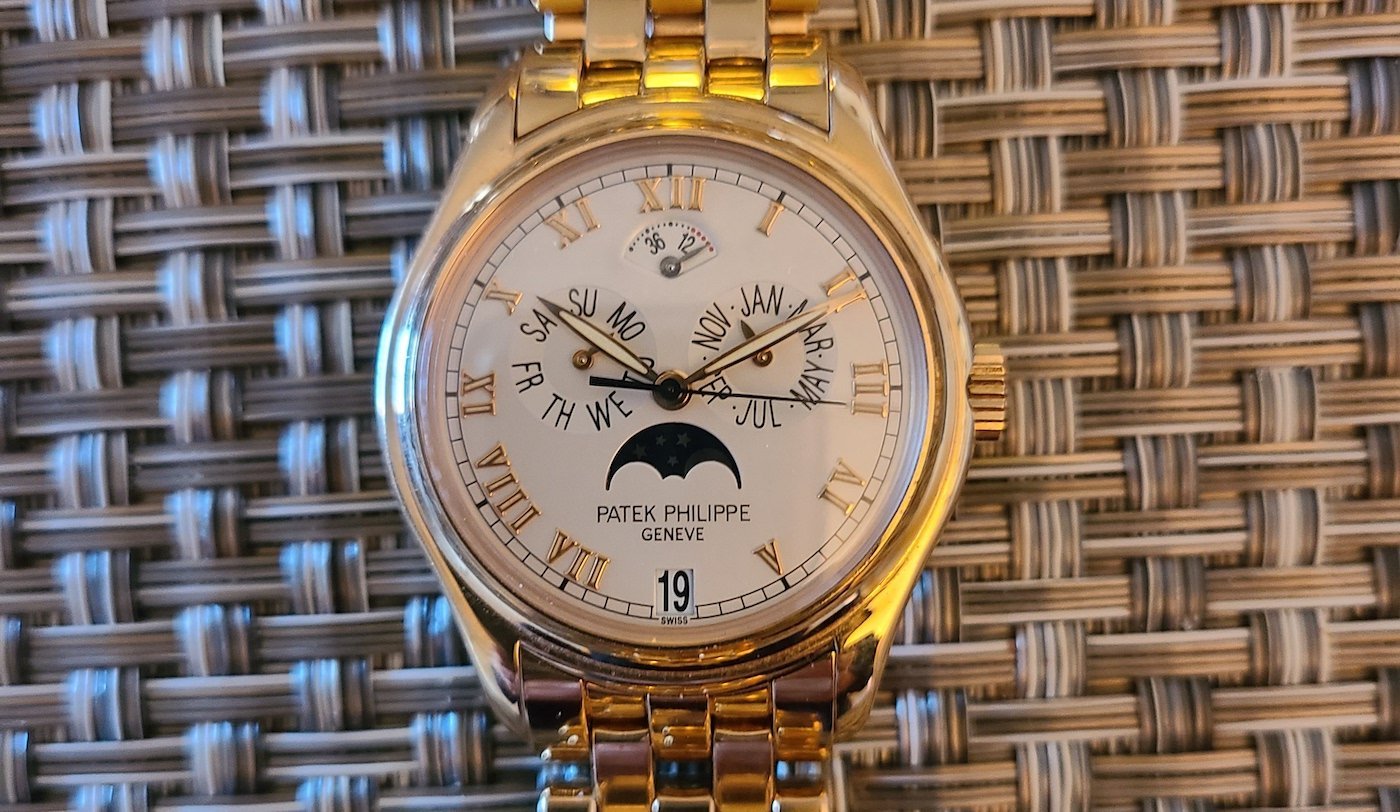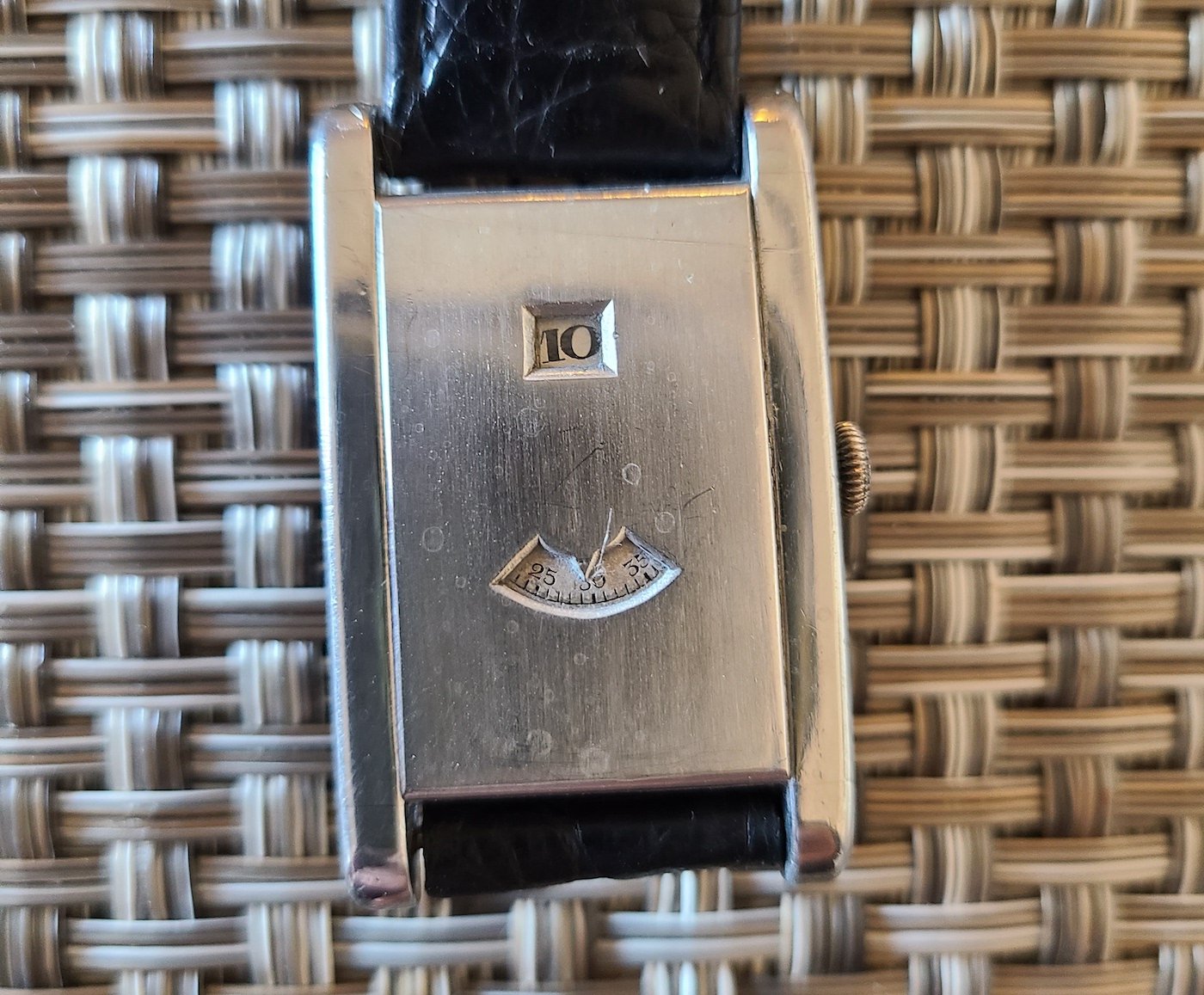or Sy Block, collecting watches is like exploring the branches of his family tree. The New York psychiatrist is in fact related to Gerry Grinberg, whose wife was his first cousin. An emigrant from Cuba to the United States after the Castro revolution, Grinberg was a key figure in the American watchmaking scene from the 1960s onwards. “He started out distributing Piaget and then other Swiss watch brands through his company North American Watch,” says Sy Block. “Among his accomplishments, he revolutionised watch advertising in the United States, modernising promotional campaigns to make the watch an object of style, luxury and status.”
Following the acquisition of Movado in 1983, as well as Ebel and Concord, Grinberg combined his brands into the Movado Group, which remains one of the world’s leading watch companies to this day. The group is currently headed by his son Efraim. In the late 1970s, the American entrepreneur also contributed to the quest for the ultra-thin watch that would culminate in the Concord Delirium IV of 1980, with a record thickness of 0.98 mm, so thin it was unwearable. This research would later lead to the emergence of a popular watch that employed a similar system (where the caseback acts as the main plate), the Swatch in 1983 (of which Sy Block is also a collector).

A formative experience
But that’s not the only family connection Sy Block has to the watchmaking world, as he explains: “My father-in-law was Ben Ross of Ross Watch Case, which supplied watch cases to brands such as Rolex, Longines, Omega, Elgin and Bulova.” In order to avoid the heavy import taxes on luxury products into the United States, but also to satisfy local tastes, over the course of the 20th century many Swiss manufacturers developed the practice of sending components (movements, dials, hands) to be assembled and cased locally in the US. Ross Watch Case, based in Long Island City (Queens) was one of the firms that facilitated the export of Swiss watches to the United States for several decades.
-

- Sy Block
One of Ben Ross’s friends, whom Sy Block met as a young man, was none other than Allen Tornek, who in the 1960s imported Blancpain’s famous Fifty Fathoms (for sale to the US Navy, among others) under the name “Tornek-Rayville”, to make it sound more “American”. And Sy Block’s own uncle was a watch retailer in Philadelphia. As a teenager, the now 73-year-old Block often visited him. That was his first real contact with watches, more than 60 years ago. “I used to hang out in his shop and there were a lot of drawers and filing cabinets full of components.”

The golden age of digital display
Not surprisingly, Sy Block’s collection includes several models linked to this family history, including an original Fifty Fathoms from 1953 and a more recent Tribute to Fifty Fathoms MilSpec, of which only 500 were produced. The 1960s and 1970s, a period of deep crisis but also of innovation for the watch industry, are particularly popular with collectors today. Sy Block had the opportunity to experience these upheavals from the inside, because of his family ties.
One of the models that best represents this era of transformation has to be Bulova’s Accutron, of which Seymour Block is an unconditional fan: “It was my childhood, I remember the Spaceview commercials very well.” He is also very fond of the Hamilton Pulsar, of which he owns several examples, as well as the Omega Constellation Time Computer dating from the golden age of digital display in the 1970s.
“What interests me most, whatever the era, is the design,” says the collector. “I appreciate everything that is out of the ordinary, such as hybrids between different influences.” Another model dear to his heart is the ultra-precise and pioneering Girard-Perregaux quartz calibre 350 that developed into the Beta 21 (considered the grandfather – or grandmother, depending on your point of view – of quartz movements, with an impressive 32,768 Hz frequency). A decade earlier, the brand had already contributed to improving the precision of automatic movements with its Gyromatic Chronometer HF, of which Sy Block owns an original model.
“I appreciate everything that is out of the ordinary, such as hybrids between different influences.”
For his profession as a psychiatrist, the question of “time” is obviously central. His collection helps him to somewhat conceptualise this abstract notion in a rather eclectic way. One watch stands out at the top of his collection in terms of prestige: a Patek Philippe annual calendar in pink gold. “An aesthetic summit,” according to Sy Block. In the same classic vein, he also owns an automatic Audemars Piguet with the gold woven bracelet his father-in-law Ben Ross used to make, as well as an IWC Portugieser in rose gold.

A very special private label
Sy Block shares another hobby with many of his peers: collecting vintage cars. He owns a 1963 Sunbeam Alpine, a 1967 Sunbeam Tiger and two Volvo 1800s, one of which he bought new in 1972. Further evidence of his eclectic taste in horology is that his passion does not end with wristwatches: Sy Block owns several desk clocks (including an Art Deco model and two Accutrons), marine deck clocks (including a 1942 Hamilton made for the US Navy), as well as an original Seiko liquid crystal chronometer from 1967. Regarding the latter, he says: “Not only is it working, which most are not, but it is as accurate as my radio controlled Sharper Image atomic clock.”
Six of his family members own the same Seiko automatic chronograph, which he made sure to offer them. “The original beauty of this watch is that it has never been touched by a watchmaker, as it was entirely machine-made,” says Sy Block. He has one final secret: a model he designed... himself. He explains: “My father-in-law owned several Ed. Koehn movements from 1909. I gave one to a retailer but he lost it... To avoid any further problems, I called the watch expert Phillip Poniz to see what we could do with it and if it was possible to fit this movement with a suitable case.”
As Ed. Koehn made movements for Audemars Piguet, the two men used the brand’s coffee table book, which they both had, as a reference, taking inspiration from a number of different models. “The case, when polished correctly, should be matt finished in the inner area and bright finished on the outside panels,” the collector points out. The result was a jumping hour model using a platinum case and an Ed. Koehn move- ment. It is utterly unique.
This ability to bring old models back to life and to see a movement once more ticking away inside its case, a form of “resurrection”, is what makes the life of a watch collector so special, for Sy Block as for many others.

































